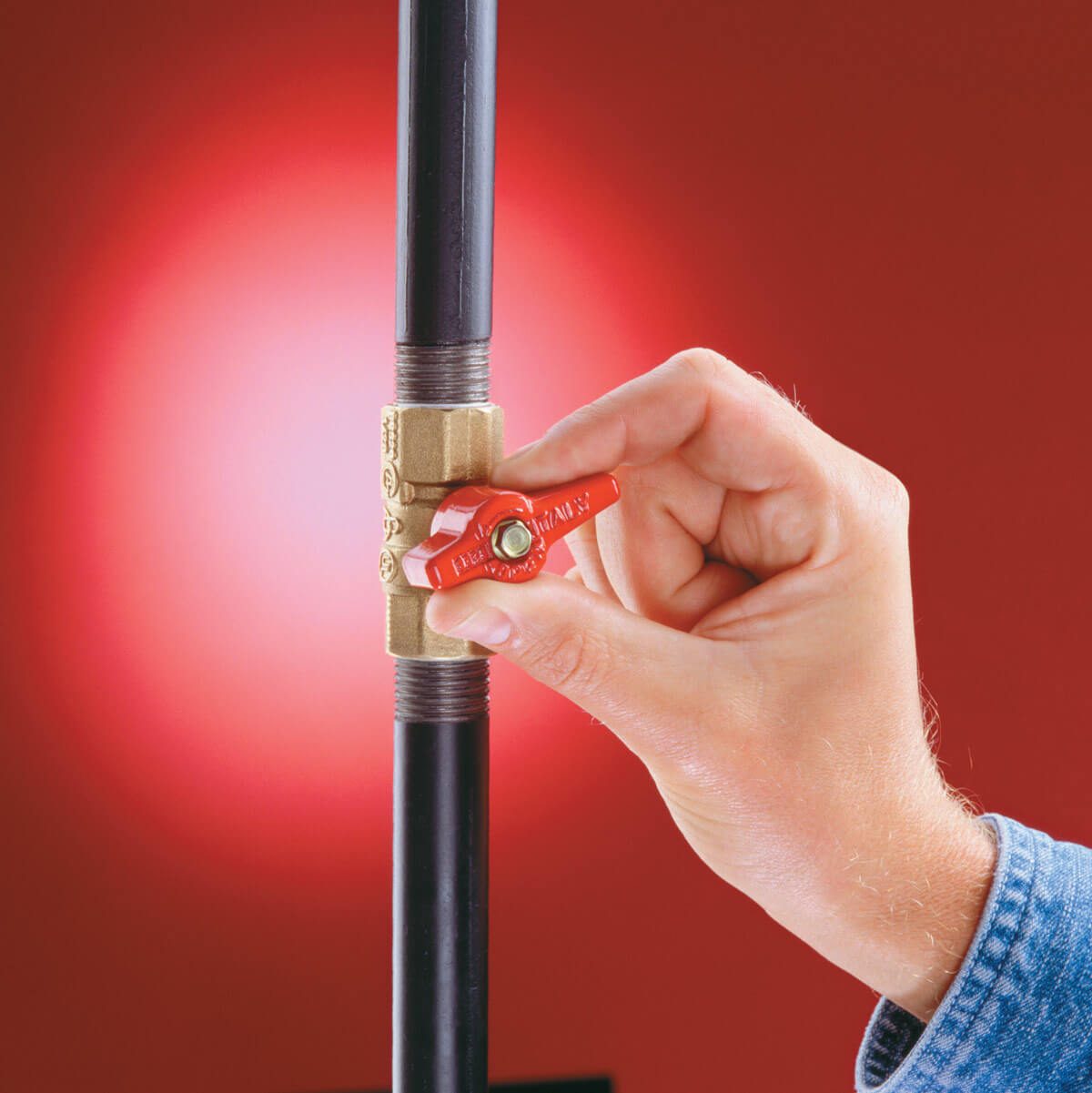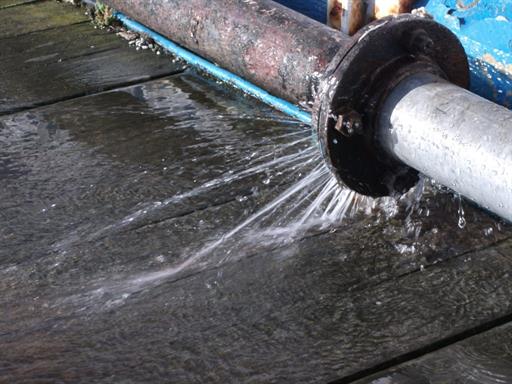Stop the Flood: Strategies for Identifying as well as Fixing Ruptured Pipes
Stop the Flood: Strategies for Identifying as well as Fixing Ruptured Pipes
Blog Article
The article in the next paragraphs pertaining to What to Know Before Installing a Dishwasher is highly engaging. Check it out for your own benefit and see what you think of it.

A ruptured pipe is a significant emergency; you can just stand as you view water you pay a lot to reunite with the planet. In worse situations, you notice a swimming pool on your kitchen flooring, which is a great trip threat, particularly if you have youngsters around. If the pipe that ruptured remained in your walls, trouble: you may require to paint that entire area.
How can a disaster like a ruptured pipe be stopped and handled? Well, by paying attention to your professional emergency plumbing technicians and following these policies.
How do I understand when my pipelines have burst?
Varying water stress
Pipelines do not just burst in a day. You may have observed that your cooking area faucet or shower does not run instantly when you turn the faucet. It may stop briefly for a couple of secs and afterwards blast you with even more pressure than usual.
In other instances, the water may seem typical initially, after that decrease in stress after a couple of seconds.
Contaminated water
Lots of people presume a burst pipe is a one-way outlet. Quite the contrary. As water flows out of the hole or gouge in your plumbing system, contaminants discover their way in.
Your water may be contaminated from the source, so if you can, check if your water tank has any problems. However, if your drinking water is supplied and purified by the city government, you should call your plumber immediately if you see or smell anything funny in your water.
Puddles under pipes and sinks
When a pipeline ruptureds, the discharge creates a pool. It might show up that the pool is growing in size, as well as regardless of how many times you mop the pool, in a couple of mins, there's one more one waiting to be cleaned up. Typically, you may not be able to trace the pool to any kind of visible pipes. This is a sign to call a professional plumber.
Damp walls and water stains
Prior to a pipeline bursts, it will leakage, a lot of times. If this persistent leaking goes undetected, the leakage may graduate into a vast tear in your pipeline. One simple way to prevent this emergency is to keep an eye out for wet walls advertisement water discolorations. These water spots will lead you right to the leakage.
Untraceable trickling noises
Pipeline ruptureds can happen in one of the most undesirable areas, like within concrete, inside walls, or under sinks. When the house goes quiet, you may have the ability to listen to an irritatingly persistent leaking noise. Also after you've examined your shower head as well as cooking area tap, the dripping might continue.
Dear viewers, the leaking may be originating from a pipe inside your wall surfaces. There isn't much you can do regarding that, other than inform an expert plumber.
Turn up the Warmth
Set up fans to blow warm into chilly rooms. Maintain the garage door closed. If you have actually decreased water flow, warm the most susceptible pipes (generally in basements and crawl spaces or near outside walls) with a hair clothes dryer. Leave the faucet on while you apply warmth. As you melt ice, the circulation will raise. To avoid pipes from freezing, shield your walls.
Start Doing Away With the Water
Get the wipe, containers and a store vacuum to begin to eliminate the water due to the fact that you definitely don't desire it soaking right into whatever else in your house. Plus, a fast clean up will certainly decrease the opportunities of something getting musty.
What do I do when I detect a burst pipeline?
Your water meter will remain to run even while your water wastes. To lessen your losses, find the primary controls and also turn the supply off. The water pipe are an above-ground structure beside your home.
How to Fix & Detect a Leaking Pipe
How Do I Know if a Pipe is Leaking?
Leak detection tests can help you determine if your pipe has a leak. Even if you don’t see an apparent leak, you should still conduct leak detection tests regularly to save water and money—and prevent major damage to your home.
Water meter. It can be helpful to figure out what your usual water meter usage numbers are and then monitor them regularly. To monitor your meter, first, turn off all water faucets in your home. Check the meter and write down the numbers. In a few hours, check the meter again. If the numbers have changed, you have a leak. Water gauge. Use a water gauge to test your water pressure. Your showerhead should produce a certain amount of water pressure based on its model and design. If the pressure is lower than it is supposed to be for that specific showerhead, your home likely has a leak. Puddles. Look inside your bathroom, laundry, and kitchen sink cabinets. Puddles around the cabinets or around toilets, tubs, showers, and washing machines indicate the presence of a leaking pipe. You may also notice loose tiles, peeling or flaking paint, or mold caused by water accumulation. Napkin test. Even if you don’t see any puddles, you may still have a leak. You can test for water leaks in the bathroom, laundry, and kitchen by wiping below-sink connections with a napkin, paper towel, or piece of toilet paper. If it becomes damp, you probably have a leaking pipe under the sink. Discolored walls. Walls that are discolored—usually with brown or yellow stains—or bulging might mean that they have been impacted by water damage caused by a leaking pipe. Smell. A leaky pipe will create sitting water, and over time, that water may develop a musty smell. If your home smells musty, but you can’t locate the source, it may be due to a leak. Steps for Fixing a Leaking Pipe
A leaky drain can be remedied by tightening the pipe base, replacing the drain seal, caulking the rim, and tightening the pipe nut. Similarly, a leaking toilet pipe can be treated by tightening the packing nut. You may also need to replace the valve. A leaky faucet may just need tightening or replacement of the washers. If that doesn’t work, consider replacing your faucet. If your pipe has a hole in it, you may want to use a pipe leak sealer or pipe leak tape. This quick fix for water pipe leaks can also temporarily fix a copper pipe leak. https://www.ahs.com/home-matters/quick-tips/how-to-tell-if-pipes-are-leaking/

I ran across that piece of writing about How to Install and Connect a New Dishwasher while browsing on the web. For those who enjoyed reading our article plz remember to pass it around. We cherish reading our article about How to install a dishwasher safely.
Visit Page
Report this page